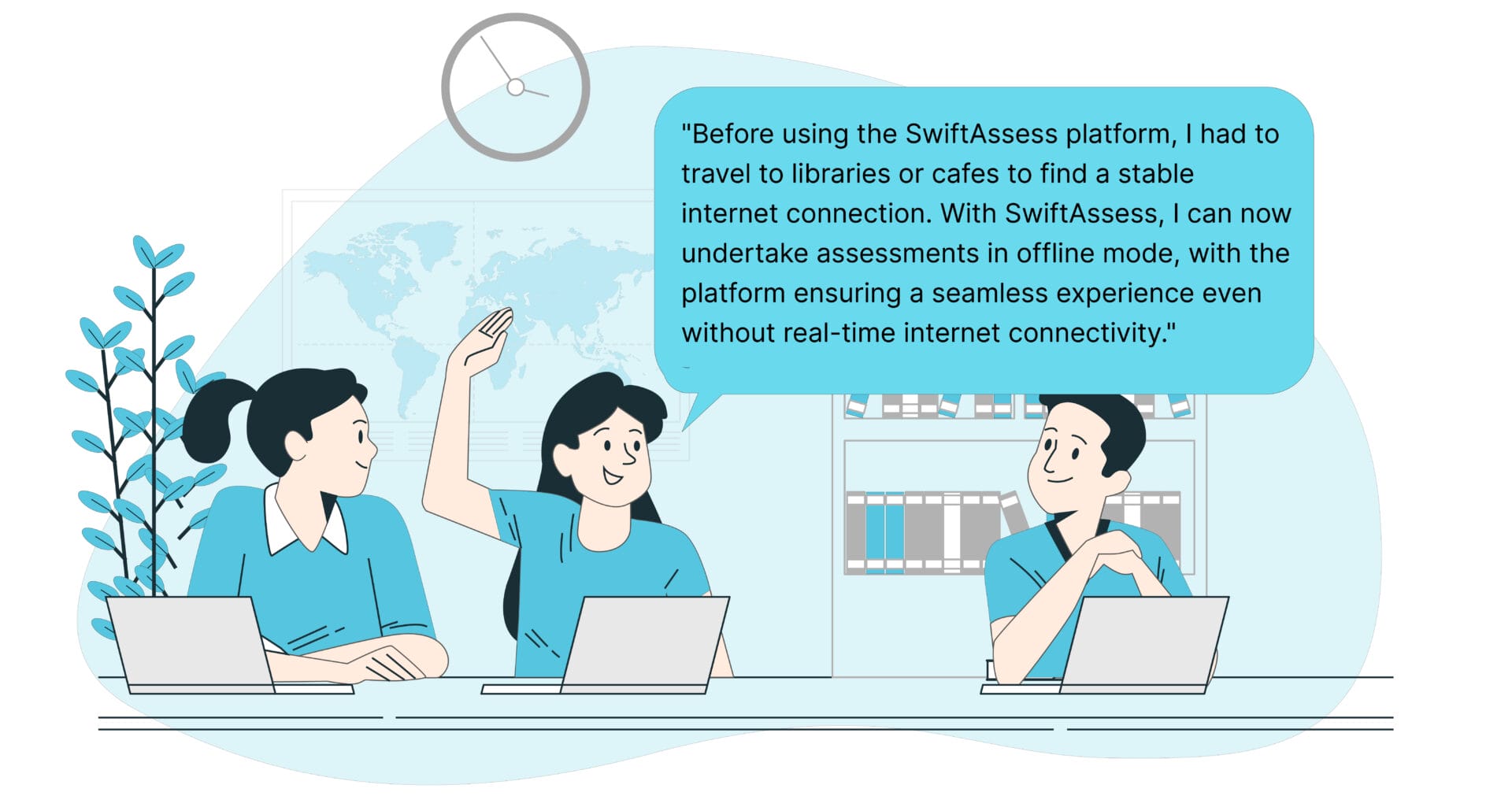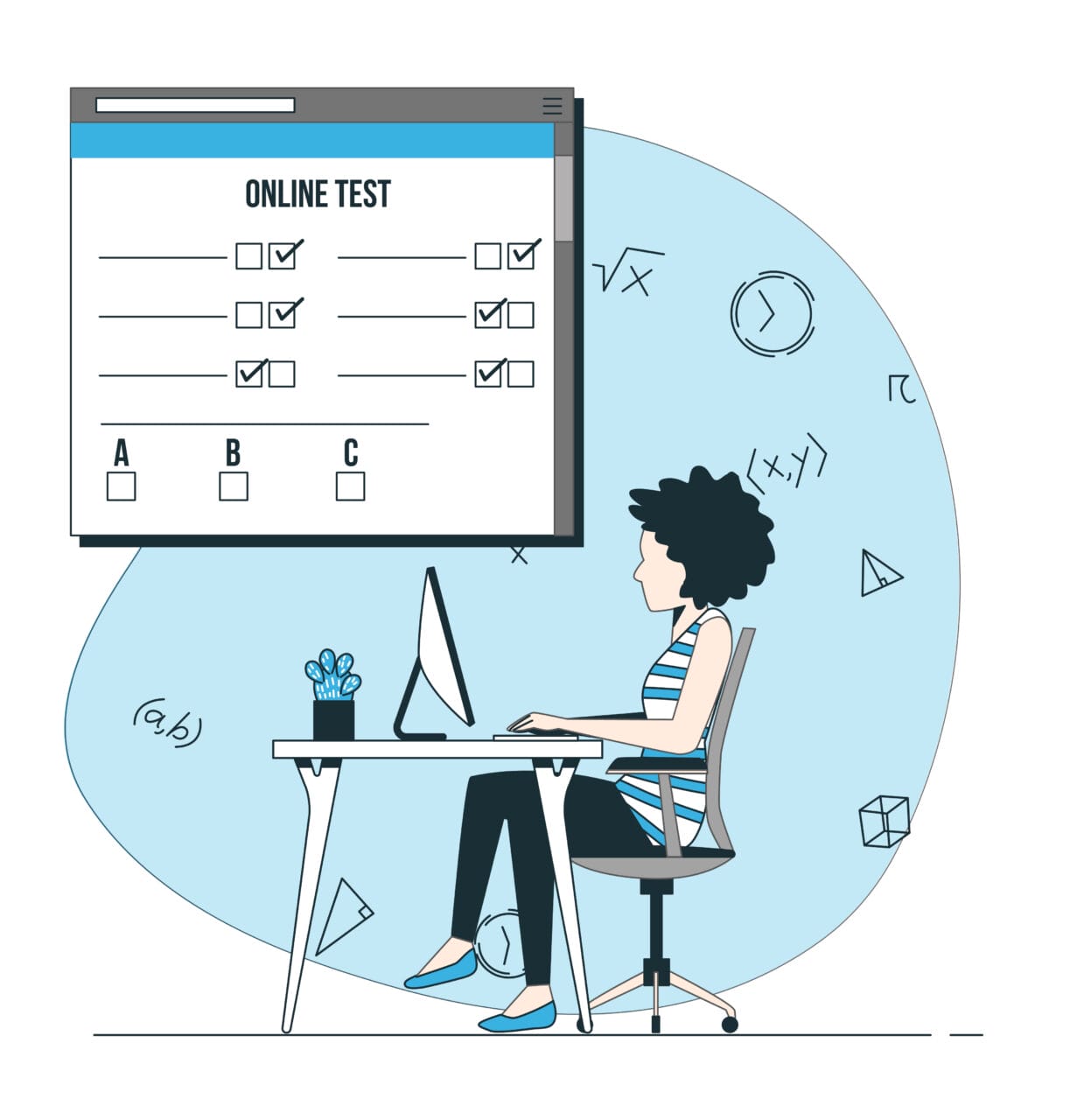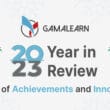In the dynamic landscape of education, the evolution of Digital Examinations has been a testament to technological progress, bringing both challenges and opportunities. As we navigate the transition from traditional pen-and-paper assessments to digital examinations, it is crucial to reflect on the journey thus far and examine how these changes impact the principles of equity and equality in education.
Discussing equity in assessment requires a clear understanding of the term. Equity focuses on eliminating barriers that affect student learning, such as limited English proficiency, poverty, or restricted access to standard educational resources. Equality involves treating all students identically and adopting a one-size-fits-all approach that disregards individual differences.
Equity aspires to achieve equality of outcome, ensuring equal access to high-quality education for all students. Assessments play a pivotal role in determining students’ progress on their academic journey and evaluating key milestones. Therefore, it is crucial for educators to adhere to principles of equity when designing assessments to guarantee that they accurately reflect students’ achievements.
To deliver equitable assessments, educators should shift their focus from individual test scores to collaborative efforts where students are supported by educators and peers. Strategies include self-assessment for prejudgments, employing differentiation strategies to accommodate diverse learning styles, and utilizing psychometric data from digital educational assessment tools to continuously enhance assessment quality.
Promoting equity involves evaluating and improving the clarity and validity of learning outcomes, ensuring alignment with assessment approaches. Backward design, starting with desired learning outcomes and working backward to identify acceptable evidence, and outcomes-based assessment, driven by data and reporting, are effective tools for maintaining equity in instruction and assessment.
The success of onscreen digital assessments has not only promoted the use of digital technology in classrooms but has also improved engagement, stimulated reflective learning, and proven to be more environmentally sustainable. Digital exams have the potential to assess a broader range of skills and knowledge than traditional pen-and-paper exams, aligning education more closely with the realities of the world our young people are growing up in. Ultimately, this shift ensures that education better prepares them for life beyond the school gates.
Contents
The Evolution of Digital Exams: A Historical Perspective
Digital examinations have come a long way, transforming the perspective of education and assessment.
The journey of digital exams began with early innovations that laid the foundation for a paradigm shift in assessment methods. Initial steps into computerized testing sparked curiosity but were met with skepticism. However, these experiments paved the way for the development of sophisticated systems that could streamline the examination process.
As technology advanced, various countries embraced digital formats at different paces. The transition from paper to digital became a global phenomenon, influencing educational institutions to reconsider traditional examination methods.
Student Experiences with Digital Exams

Technologies Shaping Fairness in Exams
AI proctoring
AI proctoring represents a significant leap forward in ensuring the integrity of exams conducted in various settings, whether in classrooms or remotely. This technology employs artificial intelligence to monitor and analyze students during assessments, addressing concerns related to cheating and maintaining a secure testing environment.
One of the key ways AI proctoring contributes to equity is by eliminating geographical barriers. Students from diverse locations, regardless of their access to physical testing centers, can now take exams with the assurance that their performance is being monitored in a standardized manner.
AI proctoring ensures inclusivity by accommodating students with varying needs. It can adapt to different environments, making it accessible for those with disabilities or those who require specific accommodations. This adaptability contributes to a more level playing field for all students.
Adaptive Testing
Personalized Learning Experience
Adaptive testing takes a student-centric approach by tailoring assessments based on individual abilities and performance. This personalized learning experience enhances equity by recognizing and accommodating diverse learning styles, ensuring that each student is challenged at an appropriate level.
By dynamically adjusting the difficulty of questions based on a student’s responses, adaptive testing helps address learning gaps. This targeted approach is particularly beneficial for students who may have faced challenges in traditional, one-size-fits-all exams, fostering a more equitable educational environment.
Adaptive testing optimizes the use of resources by focusing on areas where students need improvement. This not only enhances the efficiency of assessments but also ensures that educational resources are allocated to areas that have the most significant impact on student learning, further contributing to equity.
While AI proctoring and adaptive testing offer immense potential in promoting equity, it is crucial to strike a balance and address ethical considerations. Ensuring transparency in the use of AI technologies, respecting privacy, and providing clear guidelines for implementation are essential steps in upholding the principles of fairness and inclusivity.
In conclusion, the integration of AI proctoring and adaptive testing represents a revolutionary step toward creating a more equitable educational landscape. These technologies not only enhance the security and personalization of assessments but also contribute to breaking down barriers, and providing students from diverse backgrounds with equal opportunities to showcase their abilities and succeed. As we continue to harness the power of technology in education, the journey towards equity accelerates, promising a more inclusive future for learners worldwide.
Accessibility
Digital assessments adopt the technologies to help students with special needs. Laptops and e-readers are already available for students who need them and new technological advances can provide innovative alternatives to improve inclusion in learning and students with disadvantaged backgrounds.
Utilizing digital exams has already proven beneficial in assessments, particularly for students with additional needs, through the integration of assistive technology. “Assistive technology” encompasses any device, software, or system designed to aid individuals with disabilities or impairments. Laptops are accessible to students requiring such tools, and ongoing technological advancements promise innovative alternatives, fostering inclusivity in both learning and assessment.


Accessibility emerges as a highlighted advantage in focus group discussions with teachers and senior leaders. Some teachers acknowledge the potential benefits for students with specific needs, such as dyslexia, citing improved accessibility through features like adjustable font sizes.
A digital assessment platform, such as SwiftAssess, provides objective insights into student performance, supports tracking progress toward learning goals, and helps educators to make decisions that enhance instructional and assessment practices, contributing to a more equitable educational environment.
Interested in learning more about equity in education? Keep an eye out for the upcoming part two of our blog series, where we will thoroughly examine how performing equity in digital examinations influences learning outcomes and overall students’ experience.





